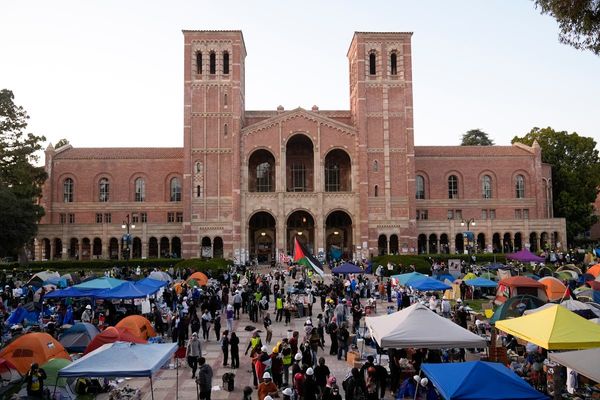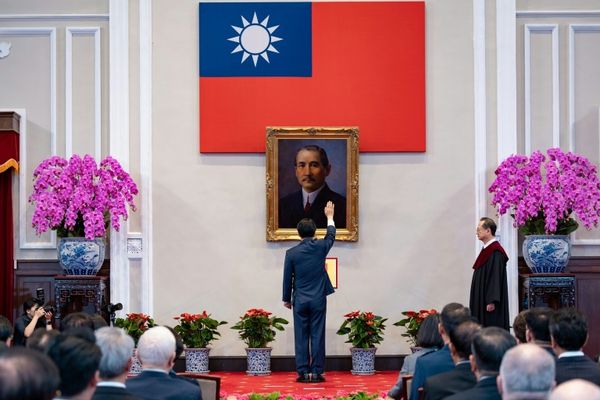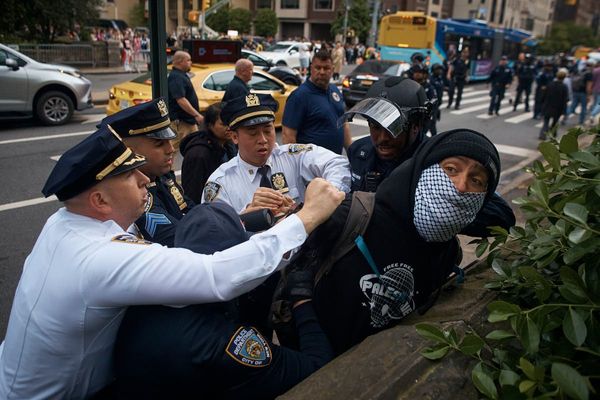
Discussions are under way over whether to admit women at several of London’s remaining gentlemen’s clubs after this week’s vote by Garrick club members to allow women to join after 193 years.
The Travellers Club, the Savile Club, the Beefsteak Club, Boodle’s, Buck’s, Brooks’s, the East India Club and White’s are among a handful of the remaining London clubs that still do not admit female members.
Club secretaries at some of these institutions are understood to have consulted lawyers to see whether their rules are also now vulnerable to reinterpretation in the wake of the Garrick vote, which rested on new legal advice that the pronoun “he” in the club’s rulebook should also be taken to mean “she”.
A tentative consultation was launched among Savile Club members earlier this year over the possible opening up of the club to female members at some time in the future. Gareth Neame, the executive producer of Downton Abbey, is understood to have resigned both from his role as chair of the Savile last month and as a member as discussions began. He did not disclose why he decided to step down.
The question of whether women should be allowed to become members is also being discussed at the East India Club, which has a huge clubhouse in St James’s Square, central London. The club amalgamated with the Public Schools Club in 1972, and has a cut-price membership for male school leavers – if they attended one of 351 private schools affiliated to the Heads’ Conference group of independent schools.
The club’s original members worked for the East India Company, which acted as an agent of British imperialism in India and was wound down in disgrace in 1873; the club’s name evokes nostalgia for one of the most exploitative and controversial periods of the British empire.
“In accordance with its constitution, membership of the East India is available only to gentlemen. However the club welcomes ladies as guests of members,” the club’s website says. Sources said the club’s management was understood to be in favour of changing the rules to allow women to join, but votes on the issue had never reached the required two-thirds majority.
The Beefsteak Club, which has dozens of current and former Conservative MPs and peers among its membership, is also understood to be considering allowing women to join the small dining club at its premises with a timber-framed ceiling, just off Leicester Square.
Female staff at one city firm expressed frustration recently that corporate entertainment continued to be organised at Buck’s, another Mayfair club favoured by royals, military officers and financiers, which also has a no-women-members rule. Although female guests are allowed at the club, they are not invited to join male colleagues and clients.
Buck’s has been criticised for continuing an event where older members have dinner with a rotating list of younger female guests, according to a recent Financial Times report, which noted that the event was officially called “The Bond Street Horticultural Society” but is referred to as “nieces’ night” by club members.
An informal poll at the Travellers Club, which has historically had a close association with the Foreign Office and international diplomats, rejected a proposal to allow women to join in 2014. Many members canvassed expressed strong hostility to the suggestion, with one stating that the men-only rules allowed members to enjoy “male banter, without having to bother with the etiquette that one inevitably must adhere to in female company (whether it be offering her drinks, waiting for her to eat, or standing when she arrives or leaves)”.
Donald Trump’s ambassador to London, Woody Johnson, was criticised by female colleagues for holding business lunches at White’s, where the strict rules prohibiting women from even entering the building meant that he was unable to invite his own political counsellor to join, according to the New York Times. White’s, whose membership is mainly made up of the sons of landed, aristocratic families, is understood not to be discussing permitting female members.
The 2010 Equality Act protected single-sex institutions, including gentlemen’s clubs and sports clubs, but as a result of that legislation, those clubs that do permit women as guests are no longer allowed to reserve spaces inside the building for men. Men-only clubs are understood to be sharing legal advice on the issue through the Association of London Clubs, the industry body for private clubs.
“I don’t think they will all topple; I think that they’ll keep their heads down, hoping that no one notices they’re even still there and that the problem goes away,” one club member said, asking for anonymity.
Those clubs that decide to change their rules to admit women may not alter much in atmosphere for some time, not least because existing members have to begin recruiting women with the spare time and money, and the desire to join. Pratt’s decided to admit women last year but the club’s slow admissions process has meant that only two or three have so far been allowed in (including the former home secretary Amber Rudd and the conservative peer and economist Dambisa Moyo, according to a Pratt’s member).
Although the Athenaeum, another of London’s oldest gentlemen’s clubs, began admitting women 21 years ago, its membership remains solidly male: only 28% of the club’s 147 new members were women in 2022-23. Only 7% of the new members were under 40, while just two were under 30.
The Marylebone Cricket Club (MCC) started admitting female members in 1998, after 212 years of being a men-only organisation; 26 years later, women only make up 4% of the full members – because there is a 29-year waiting list and prior to 1998, women would not have been able to put themselves on it. The club has a limited number of about 18,000 members, so someone has to leave or die before a new member can be admitted. The MCC is not able to fasttrack women to full membership, because that would contravene the Equality Act.
Jill Rutter, a senior fellow of the Institute for Government and former civil servant, and a cricket enthusiast, said: “It’s one thing to admit women in principle but as we have seen with other clubs, the pace of change can be glacial unless they’re prepared to take exceptional measures to accelerate women in. More than 20 years after women were finally allowed to apply to the MCC they still represent a minute fraction of the membership. There, the issue is that women were put at the bottom of the waiting list. At the Garrick it will be how many are blackballed by women-sceptical members.”
Maj Rupert Lendrum, the secretary at Buck’s, wrote to say that it would be “no surprise … that the club does not wish to comment on such matters. As a private club our policies and procedures remain private.”
Gareth Neame and representatives of other clubs were contacted for comment.







